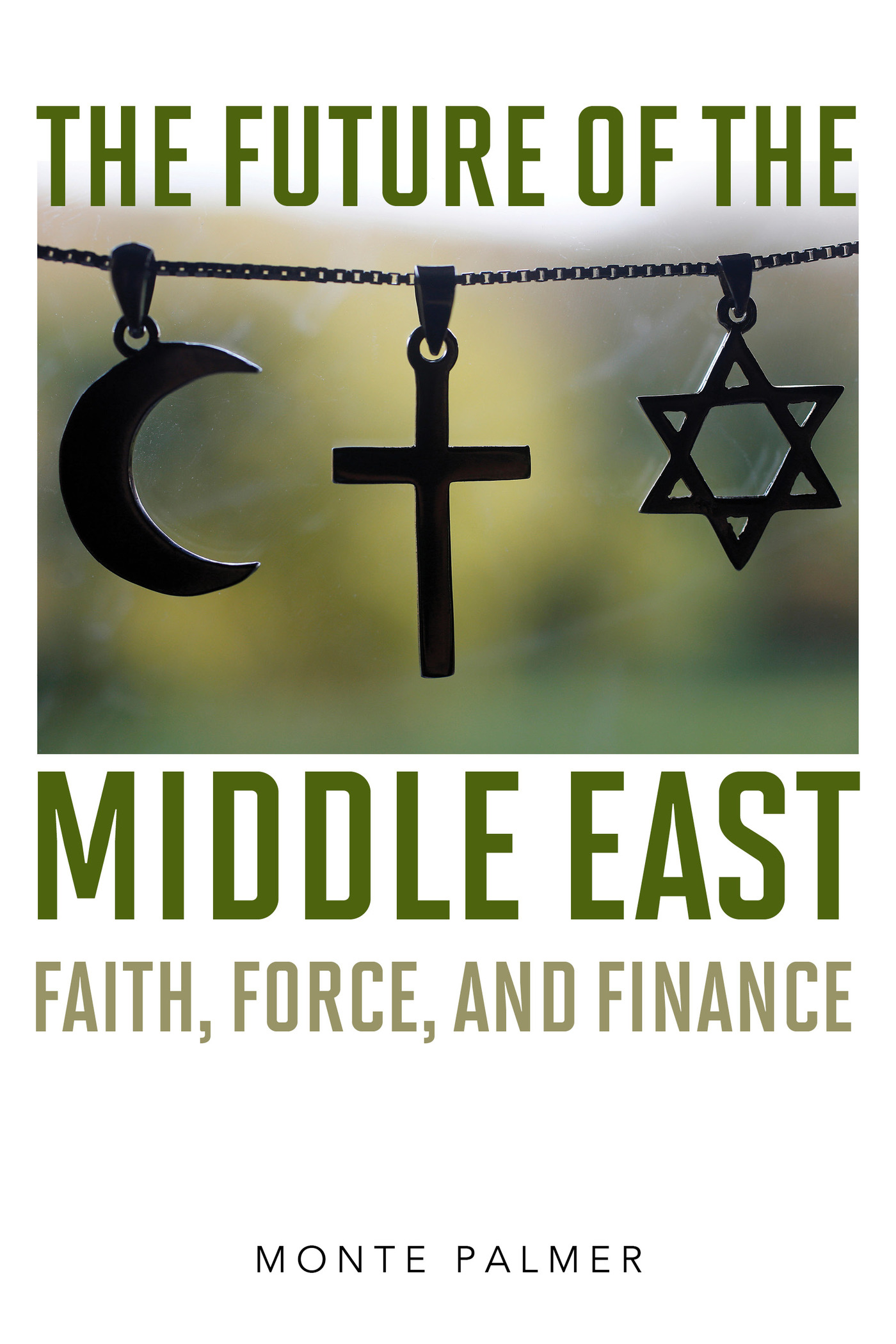The Future of
the Middle East
The Future of
the Middle East
Faith, Force, and Finance
Monte Palmer
ROWMAN & LITTLEFIELD
Lanham Boulder New York London
Published by Rowman & Littlefield
An imprint of The Rowman & Littlefield Publishing Group, Inc.
4501 Forbes Boulevard, Suite 200, Lanham, Maryland 20706
https://rowman.com
Unit A, Whitacre Mews, 26-34 Stannary Street, London SE11 4AB,
United Kingdom
Copyright 2019 by The Rowman & Littlefield Publishing Group, Inc.
All rights reserved. No part of this book may be reproduced in any form or by any electronic or mechanical means, including information storage and retrieval systems, without written permission from the publisher, except by a reviewer who may quote passages in a review.
British Library Cataloguing in Publication Information Available
Library of Congress Cataloging-in-Publication Data
Names: Palmer, Monte, author.
Title: The future of the Middle East : faith, force, and finance / Monte Palmer.
Description: Lanham, Maryland : Rowman & Littlefield, 2018. | Includes bibliographical references and index.
Identifiers: LCCN 2018030015 (print) | LCCN 2018032260 (ebook) | ISBN 9781538117897 (electronic) | ISBN 9781538117880 | ISBN 9781538117880 (cloth : alk. paper)
Subjects: LCSH: Middle EastHistory20th century. | Middle EastHistory21st century. | Middle EastReligion20th century. | Middle EastReligion21st century. | Religion and politicsMiddle EastHistory20th century. | Religion and politicsMiddle EastHistory21st century. | Islam and politicsMiddle EastHistory20th century. | Islam and politicsMiddle EastHistory21st century.
Classification: LCC DS62.8 (ebook) | LCC DS62.8 .P348 2018 (print) | DDC 956.04dc23
LC record available at https://lccn.loc.gov/2018030015
 TM The paper used in this publication meets the minimum requirements of American National Standard for Information Sciences Permanence of Paper for Printed Library Materials, ANSI/NISO Z39.48-1992.
TM The paper used in this publication meets the minimum requirements of American National Standard for Information Sciences Permanence of Paper for Printed Library Materials, ANSI/NISO Z39.48-1992.
Printed in the United States of America
Dedicated to Carlyle. May the tradition continue.
Preface
Having studied the Middle East most of my academic and consulting careers, no fact has become more apparent to me than the roles of faith, force, and finance in shaping the fate of the region. I firmly believe that these weapons of power will continue to have a major impact on the reshaping of the Middle East as the United States and other major powers find themselves embedded in Middle Eastern conflicts that defy resolution.
With this thought in mind, the object of this book is to illustrate how faith, force, and finance have shaped and reshaped a modern Middle East that began with World War I and how they are likely to reshape the Middle East during the coming decade.
Thanks are due to several of my colleagues at Florida State University and the American University of Beirut. They are also due to Donald Crosby, theologian and philosopher, for long hours of debate on the complexities of faith as a formidable force for good and evil.
Chapter 1
The Power of Faith, Force,
and Finance
The soaring violence in the Middle East has become a global scourge with no end in sight. If this trend continues on its present course, the Middle East will be radically transformed as new countries emerge while others cease to exist. Among the emerging countries are self-proclaimed Islamic caliphates that serve as a staging ground for the terrorism and violence sweeping the region. The countries targeted for destruction include Israel, Saudi Arabia, Iraq, Syria, Libya, and Yemen. Others may not be far behind, including most US allies in the region. The transformation of the region is well underway. As in all classic tragedies, the script is there for all to see, but the solution remains elusive.
It could be argued that the script of the tragedy began with Genesis and the biblical wars that followed. This argument is difficult to ignore, for Genesis is the foundation of Judaism, Christianity, and Islam, the three Abrahamic faiths at the core of the unfolding drama of the Middle East. This in and of itself is a tragedy, for all three faiths believe in the same God, the One God. They also revere the same biblical prophets and have remarkably similar views of the end of time.
Modern historians, however, argue that the script of the modern Middle East began with the end of World War I and the fragmentation of the Turkish Empire into a multitude of tribal kingdoms controlled by Britain and France. The surge of Islamic extremism during this era was a response to the clash between Islamic culture and the secular culture of the European colonialists. The masses, by and large, retained their traditional culture, while an educated elite rapidly embraced the European ideologies of nationalism, communism, and democracy. The clash between tradition and modernity was immediate, as the educated elite began to view Islam as an obstacle to their dreams of independence, modernity, and power.
Even more changes in the drama of the Middle East occurred following World War II, when most countries in the region shed their subservience to the colonial powers that had ruled them and demanded total sovereignty in the new global order. Some of the new nations were tribal monarchies that clung to Islam, while others looked to the Soviet Union for economic and military support. Soviet help was readily forthcoming, for the Cold War that followed World War II had turned the Middle East into a proxy battleground between the United States and the Soviet Union. It was this proxy war between the two superpowers that pushed tensions between Islam and modernity to the breaking point. Henceforth, the Middle East would develop its own cold war between reformist military regimes supported by the Soviet Union and tribal monarchies supported by the United States. The US plan was to use Islamic faith to block Soviet expansion in the region. The Soviet plan was to push the United States out of the region by supporting democracy, equality, and socialist development. American support for Islamic extremism served its purpose at the time but also prepared the ground for the 9/11 attacks on the United States and the unfolding crises of jihadist terror that followed. What had begun as a clash between Islamic culture and Western ideologies was transformed into a global battle between radical Islamic extremists, intent on turning the Middle East into a time warp of seventh-century Arabia, and the most powerful country on earth and its regional allies.
The Arab Spring revolutions of 2010 and 2011 ushered in yet another chapter in the drama of the Middle East. It was at that point that an earthquake of mass despair overthrew the old order of tyrannical dictators who had ruled for decades. Everything in the Middle East was now up for grabs, or so it seemed. There was going to be a new Middle East, but no one was quite sure what it would look like or who would be in charge. How could anyone predict the future when no one had expected the Arab Spring in the first place?
Egyptian security officials admitted that the Arab Spring revolution had caught them by surprise. Gadi Eizenkot, an Israeli chief of staff, admitted that Israel, too, was taken by surprise by the spontaneous events of the Arab Spring of 2010 and 2011. He referred to the Arab Spring as an Arab Shake-Up and suggested that the old order had collapsed. He also said to be prepared for unexpected twists (Eizenkot, 2015).
Next page
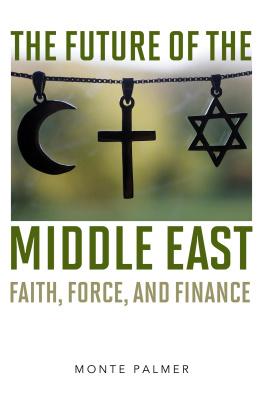


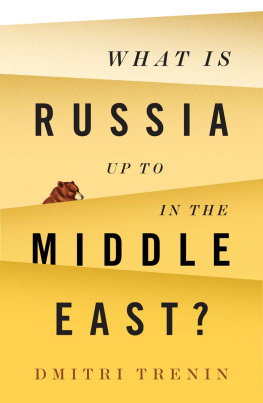
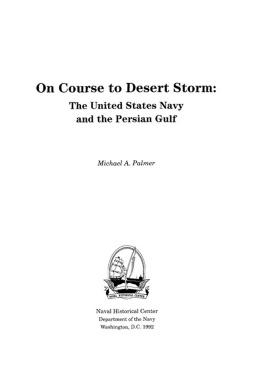
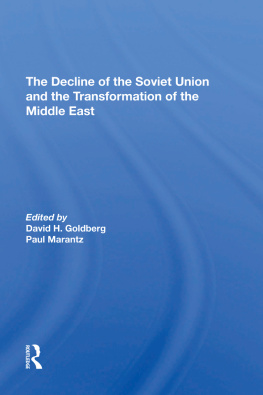
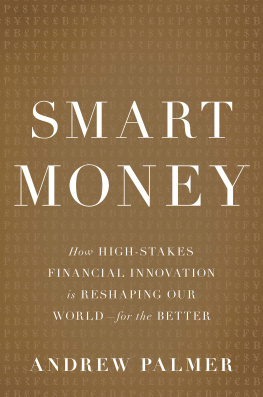
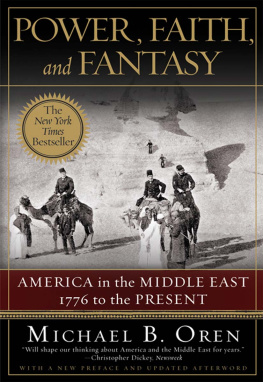
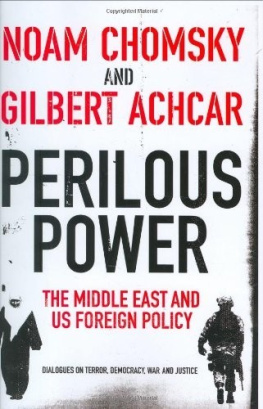

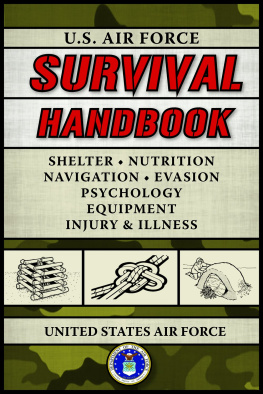
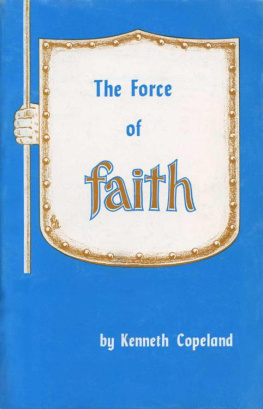
 TM The paper used in this publication meets the minimum requirements of American National Standard for Information Sciences Permanence of Paper for Printed Library Materials, ANSI/NISO Z39.48-1992.
TM The paper used in this publication meets the minimum requirements of American National Standard for Information Sciences Permanence of Paper for Printed Library Materials, ANSI/NISO Z39.48-1992.